Volunteer Nguyen Xuan Thang and veterans search for martyrs' graves in Nui Thanh commune, Da Nang . (Photo provided by the character)
Although not affiliated with a state agency, for many years, architect Nguyen Xuan Thang (Ho Chi Minh City) and engineer Lam Hong Tien (Hanoi) have actively contributed to the work of verifying, searching for, and collecting martyrs' remains. Mr. Thang has analyzed tens of thousands of aerial photos, satellite images, and military maps to assist authorities in discovering many mass graves of martyrs.
Typical examples include: the mass grave of 150 officers and soldiers who died during the 1968 Tet Offensive at Bien Hoa airport (2017), the grave of more than 200 martyrs of Regiment 1 in Tay Ninh province (2021) or recently the collection of more than 140 martyrs' remains at Loc Ninh military airport. In some cases, it took him more than four years of research and many field trips. "Witnessing the scene of wives and children finding their husbands and fathers after half a century, I have more motivation to continue the journey," Thang shared.
Engineer Lam Hong Tien accessed millions of pages of declassified war documents published on the website of Texas Tech University (USA). From battlefield reports, casualty lists, etc., he analyzed and provided many important sources of information to serve the verification, collection of remains, confirmation of martyrs, helping hundreds of families receive their relatives' records and mementos. Mr. Dang Thanh Tuan, who wrote a petition to volunteer to go to war in blood, was recognized as a martyr after many years of sacrifice, thanks to the list of dead soldiers confiscated by the US, discovered by Mr. Tien in 2018.
Although they are ordinary citizens, they are willing to put aside their personal affairs to go whenever there is a clue about the martyrs. In addition, groups of young people passionate about technology such as Team Lee and Skyline also volunteered to restore and donate thousands of photos of martyrs and Vietnamese Heroic Mothers. "There are still many martyrs who do not have an intact photo, so we will continue to restore and donate portraits of martyrs," said Mr. Le Quyet Thang, Team Lee leader.
Many social organizations have proactively accompanied the State in the journey of paying tribute to martyrs, such as: Vietnam Association for Supporting Families of Martyrs; Center for Legal Advice and Legal Aid for Families of Martyrs (Marin Center); "Soldier's Heart" Organization...
Lieutenant General Hoang Khanh Hung, Chairman of the Vietnam Association for Supporting Families of Martyrs, said: From 2010 to now, the Association has "found the names" of more than 1,650 martyrs; supported the return of more than 1,600 martyrs' remains to their homeland; mobilized the construction of nearly 1,300 gratitude houses; presented nearly 4,000 savings books to relatives of martyrs... In the past 15 years, the Association has mobilized more than 180 billion VND for gratitude work. The Association also cooperates with international organizations to receive information on the locations of mass graves of martyrs and martyrs' relics, providing them to authorities for verification and searching.
The organization “Soldier’s Heart” also receives, publishes and returns hundreds of “War Remnants Files” related to martyrs and wounded soldiers; collects memorabilia, letters, and wartime diaries to edit and publish, contributing to honoring and expressing gratitude to heroic martyrs, passing on memories and inspiration to future generations.
Ms. Ngo Thuy Hang, Director of Marin Center, said that over the years, in addition to providing free legal advice and support to relatives of martyrs, the center has applied empirical methods to match data and recommend that authorities adjust and supplement information on more than 1,000 martyrs' graves. The center also built an online Martyrs' Memorial to honor and share with the community.
“Each of us needs to take the initiative with the Party and the State to ease the pain of war and show gratitude to heroic martyrs. That gratitude needs to be done every day, not just on holidays. Time does not wait and gratitude is never enough. When there is the strength of the whole society, information about martyrs will be more complete and the pain will be lessened,” Ms. Hang shared.
Although effective, the coordination between volunteers, social organizations and functional agencies and local authorities is still limited. For example, currently, there is no financial support mechanism, no timely reward policy, and a lack of focal points for receiving and processing data sources provided by people. Social activities in gratitude work are still scattered, many initiatives have not been fully promoted due to lack of support mechanisms. The work of digitizing martyrs' records and relics, projects to restore photos, applying technology to find martyrs' remains, etc. has not been supported for expansion.
During the meeting with two volunteers Nguyen Xuan Thang and Lam Hong Tien (July 2025), Permanent Deputy Prime Minister Nguyen Hoa Binh acknowledged their contributions and assigned the Ministry of Home Affairs to assign a specialized unit to receive, verify and process information on martyrs provided by volunteers; when necessary, a working delegation can be organized to go abroad. He also requested to review and promptly reward individuals and organizations with positive contributions.
In the context that there are still hundreds of thousands of martyrs whose identities have not been determined, the Government's assignment of the Ministry of Home Affairs to coordinate, research the mechanism for recording contributions and organizing working groups abroad to search for information on martyrs is a very positive signal. Raising community awareness and creating more favorable conditions for individuals and volunteer organizations is a way to multiply the sacred responsibility of society towards those who sacrificed for the Fatherland.
It is time to boldly assign specific tasks to social organizations, a flexible force, close to the people, capable of mobilizing community resources. Socializing gratitude work is the way to turn gratitude into concrete, regular actions, so that each family of martyrs and meritorious people always feels the deep gratitude from the community.
According to Nhan Dan Newspaper
Source: https://baotuyenquang.com.vn/xa-hoi/202509/xa-hoi-hoa-cong-tac-tri-an-liet-si-8b307c7/


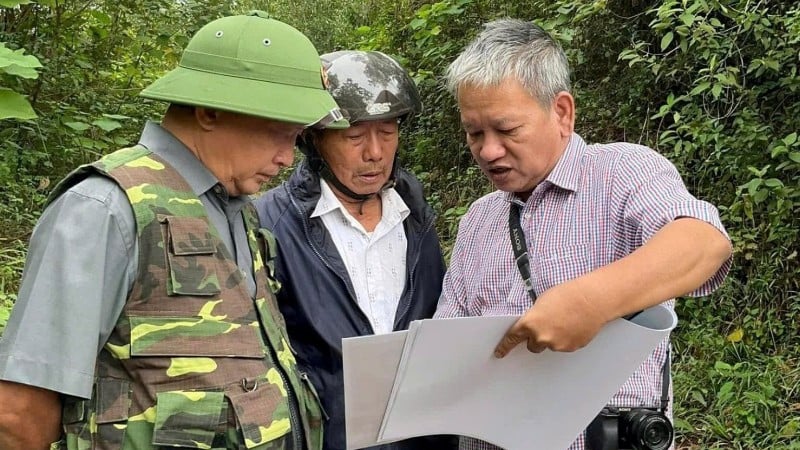






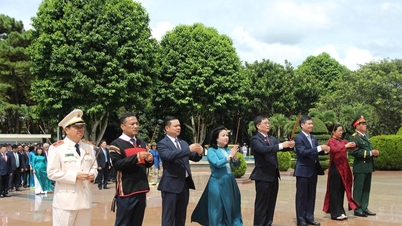

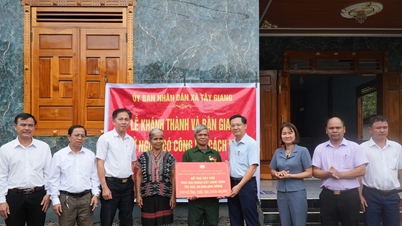



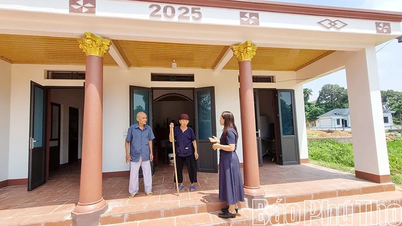

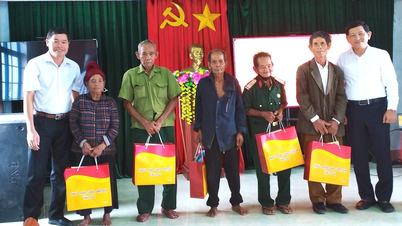

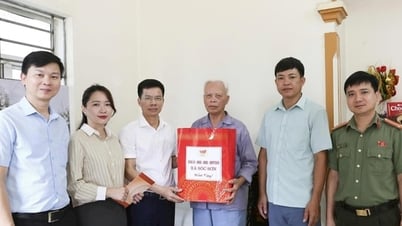

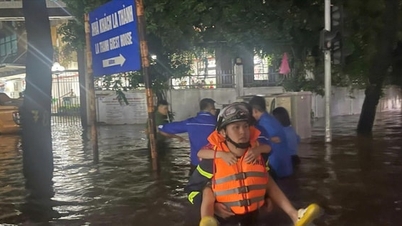
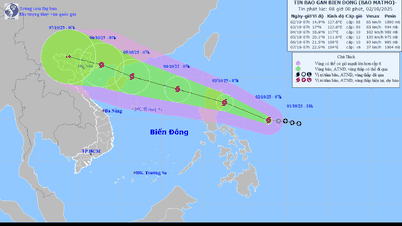


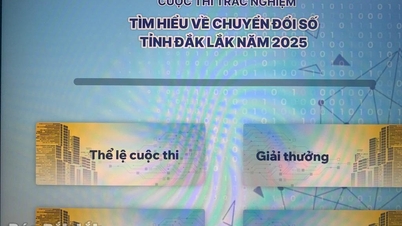

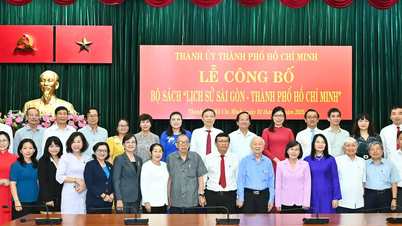






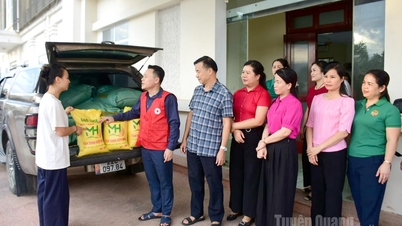
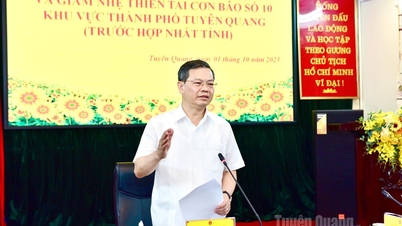
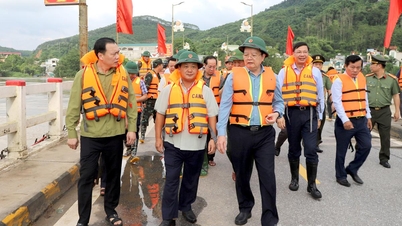
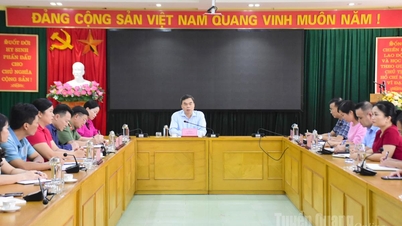
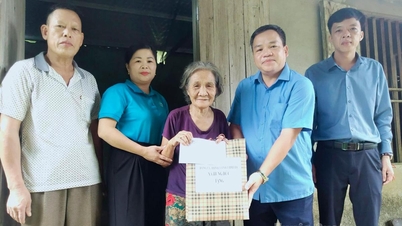











































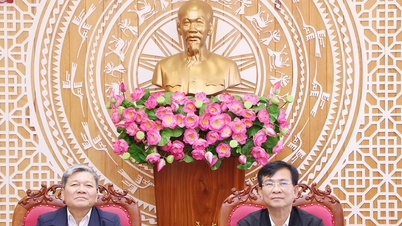

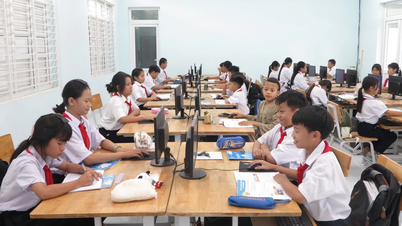

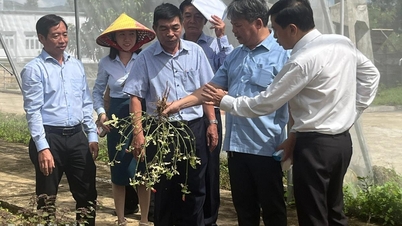

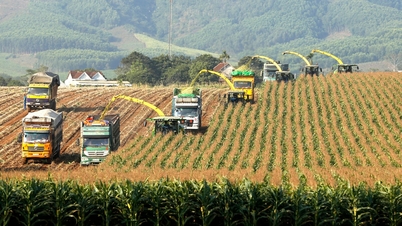

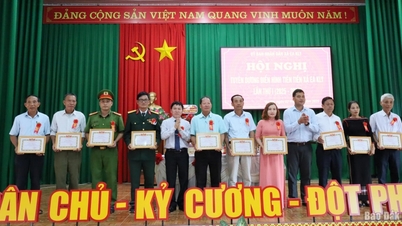












Comment (0)